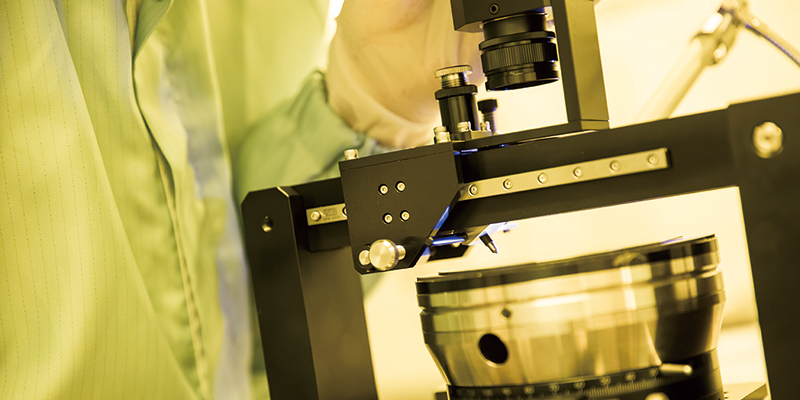
DEFINING SPINTRONICS WITHOUT DIRECTIONS?
− Might each of you provide us with a definition of "spintronics" - what is spintronics? What are the differences between "spintronics" and conventional "electronics"?
Junsaku Nitta: Let me try defining the field from the solid state device stance: spintronics aims at the control of both charge and spin degrees of freedom of electrons in a variety of materials such as semiconductors, ferromagnetic metals and insulators. Spintronic devices are capable of communication, storage, and logic. The next generation of computers based on spintronics hardware turn on instantly, not needing to reload data and programs from magnetic hard drives or from solid state drives such as flash memories. They are faster and consume less power than conventional computers.
Gerrit Bauer: From the quantum mechanics perspective, spintronics is about controlled manipulation of the electron spin degree of freedom. In ferromagnets this can be realized collectively: a large number of spins are locked into a common magnetization direction that can be set into synchronous motion by applied magnetic fields or electric currents. Semiconductor spintronics has the potential for spintronic devices that control single electron spins, either optically or electrically. In contrast to the magnetization order, single electron spins are very quantum mechanical objects. By coherent linear superposition of up- and down-spins, we may create states in which the spin points in any direction; therefore, single spin devices can form qbits, the analogue basic elements for future quantum computers.
JN: While quantum information processing is still a dream for the distant future, the read heads based on the tunnel magnetoresistance (TMR) are ubiquitous already in today’s magnetic hard disk drives. They utilize aligned spin-polarized current flow in magnetic metals, in which the current of up and down spin species is not the same. Older (inductive) read heads used only the charge of the electrons and were much less sensitive. Quantum devices can be really superior to these classical ones, but developing applications will take time.
GB: Let me add that the magnetic random-access memory (MRAM) developed by Profs. Ohno and Endoh offers the speed of conventional static random-access memory (SRAM) with flash memory non-volatility. These are believed to be ready for the market soon. This is an already existing offering by spintronics: device with better performance at smaller sizes and lower power dissipation than non-magnetic alternatives. Its theoretical physics foundations are based on spin rotation and have been laid only two decades ago.
− What other kind of applications of spintronics are there and what do you envision for the future (that is, the state of things in the field including your research area)?
GB: I am now with the Laboratory for Theoretical Solid State Physics and Collaborative Research Center for Energy Materials (E-IMR) of the Institute for Materials Research (IMR) at Tohoku University, in addition to being an Affiliated Professor of WPI-AIMR. This environment encourages me to look into both the device as well as the theoretical physics aspects. I am motivated, for example, by the application potential for spintronics based on magnetic insulators with superior magnetic quality. They are ideal materials for close to dissipationless interconnects in highly integrated circuits. Beyond information technology, insulator spintronics might be useful to generate electric power from waste heat. Companies such as NEC and Denso believe that the spin Seebeck effect discovered by IMR researchers Profs. Saitoh and Uchida, can lead to thermoelectric power generators for wearable electronics or in automobiles.
JN: Having spent over two decades with NTT mostly working on Josephson junctions and superconductivity, I have seen some advances in my old research fields, but those did not impact our daily lives. Now I am focusing my research on a hot subject in spintronics often referred to as spin-orbitronics (spintronics based on the relativistic correction called spin-orbit interaction), which permits spin generation, manipulation, and detection solely by electrical means. I expect that spin-obitronics will provide much faster performance with much lower power consumption than conventional spintronics driven by magnetic fields or charge currents. My affiliation with Tohoku University, especially due to the fame of the School of Engineering as well as other research departments with excellent research in materials science and electronics devices, is very important for my research activities.



